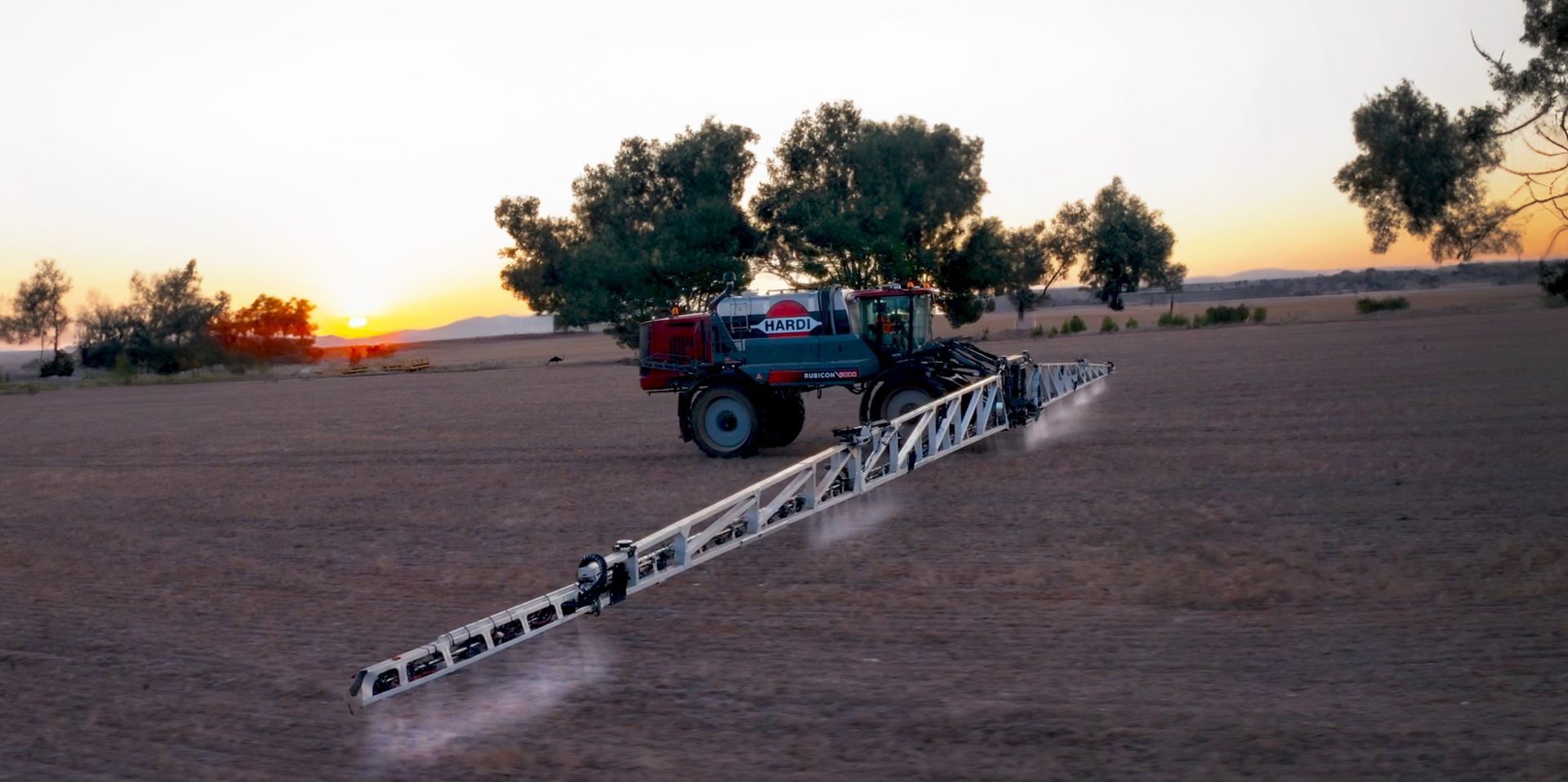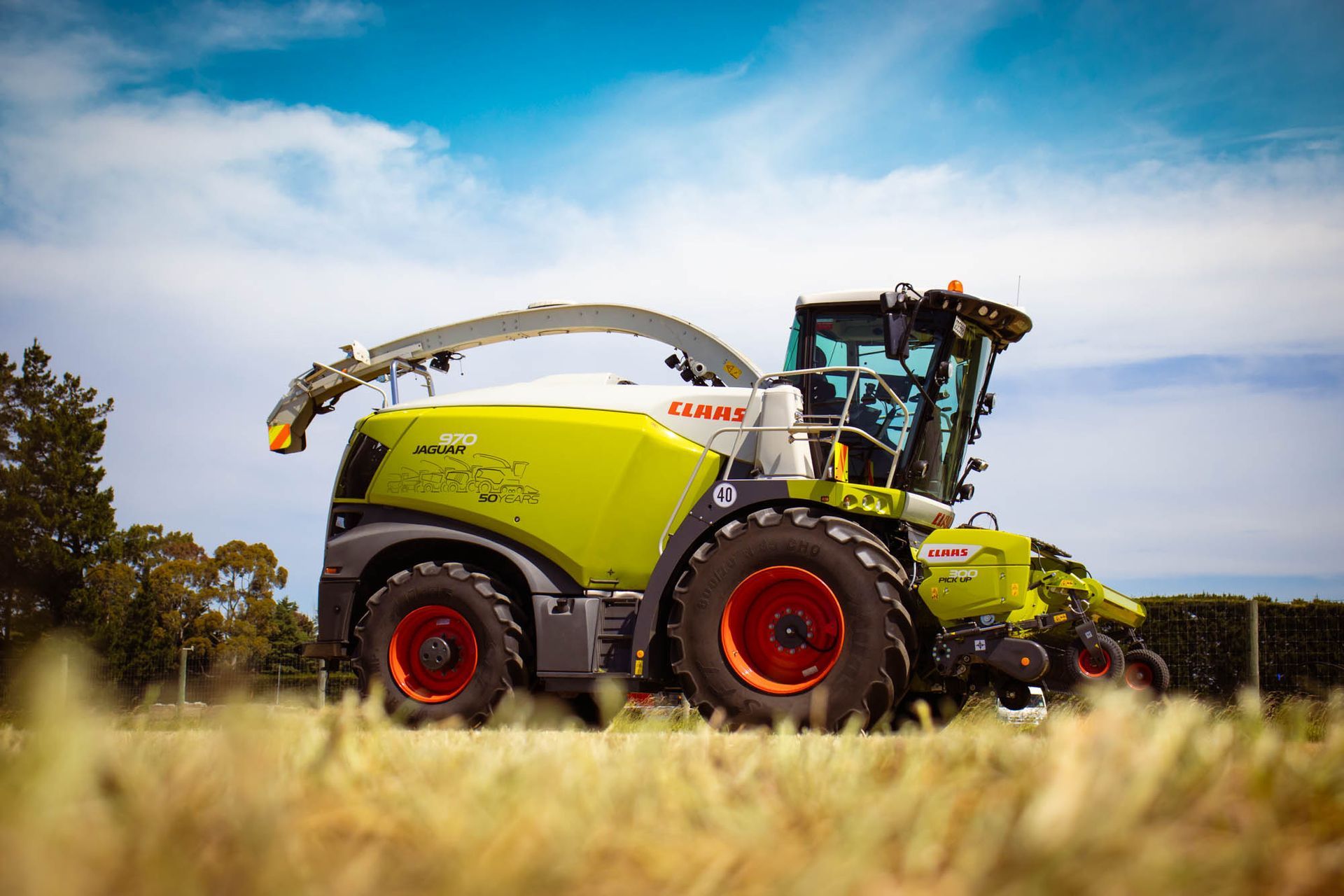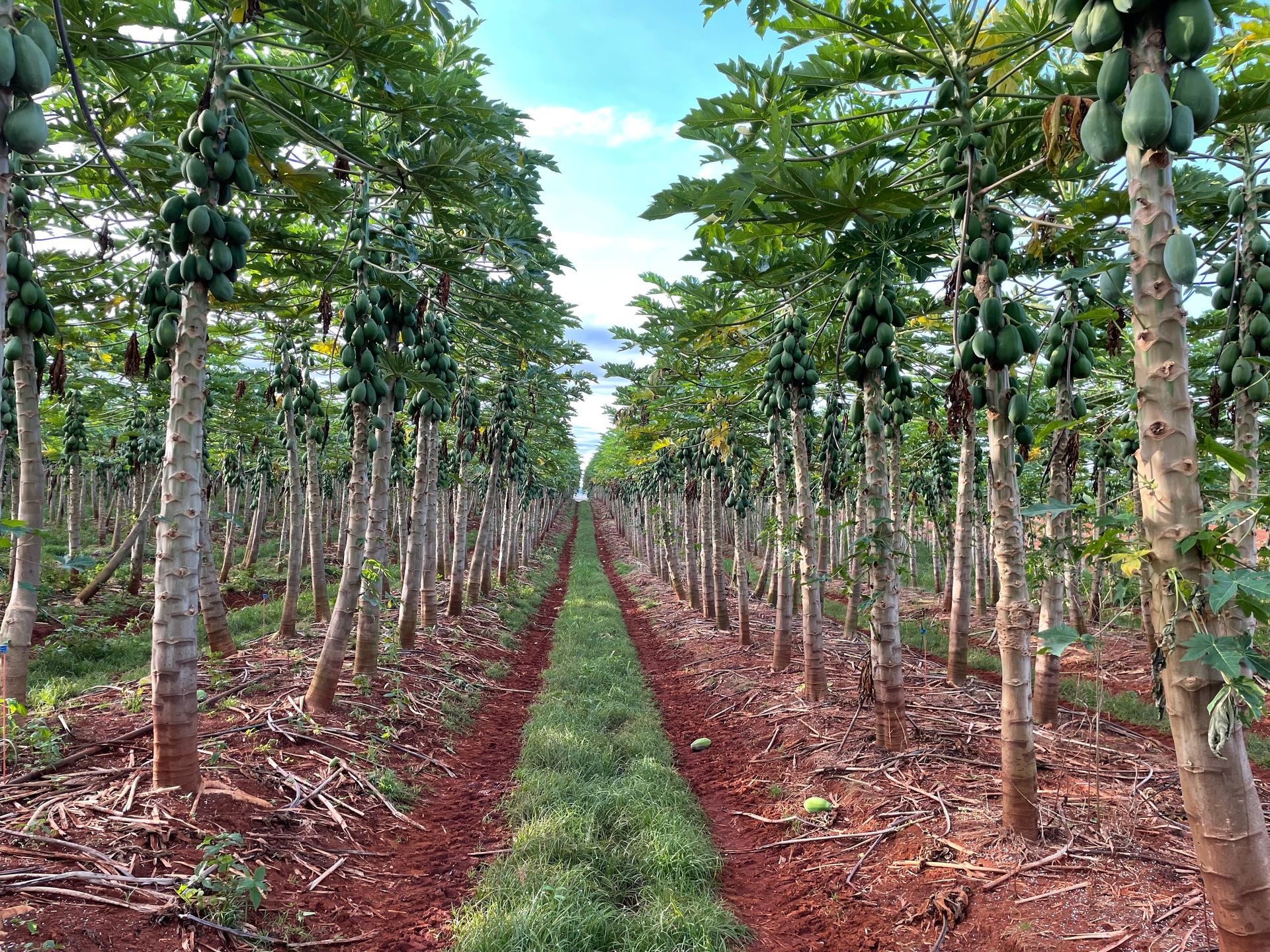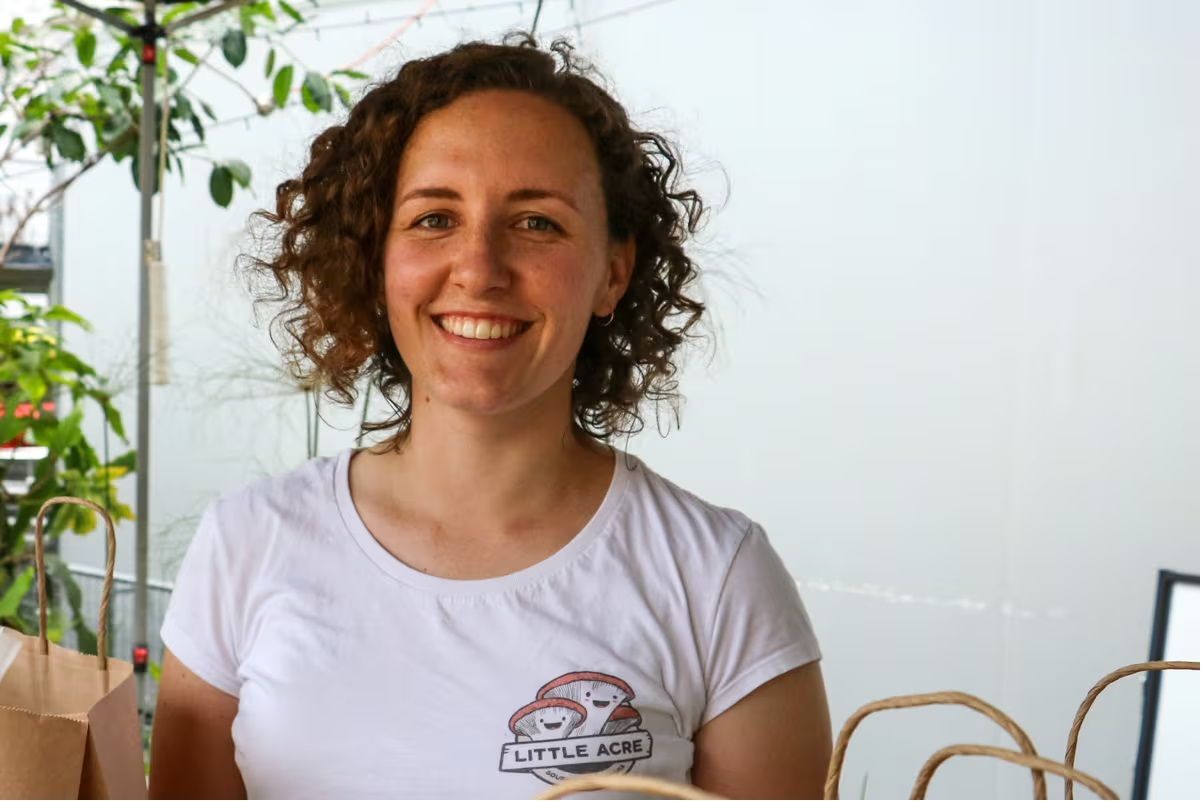Community connections: The key to disaster resilience
As Australian farmers know, extreme weather is part of living on the land. Dr Margaret Moreton says our focus must go beyond identifying risk to increasing the resilience of people and communities.
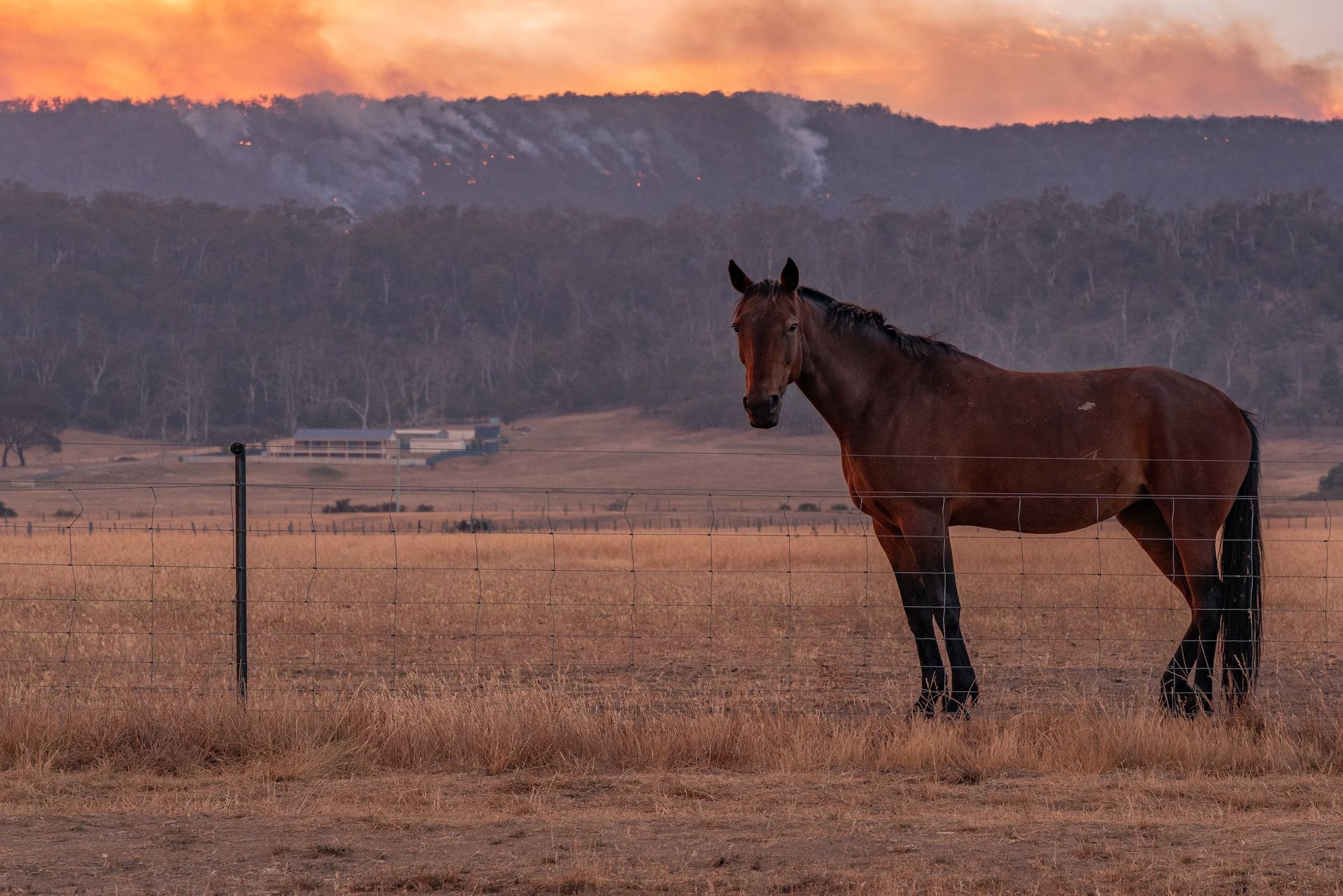
It is widely recognised that extreme weather events and the disasters they often cause, have become more prevalent, can occur concurrently, and have significant, long-term impacts on people, communities, the environment, and the economy. Climate change is predicted to increase their frequency while also amplifying the impacts on Australians with anticipated longer and more intense fire seasons, more extreme heat events, more severe cyclones, and an increased likelihood of cyclones moving further south.
These adverse weather events - those we have experienced and those that are expected - take a tremendous toll on Australians, especially our agricultural industry and farming population.
The devastation and disruption from the bushfires of the summer of 2019-20, followed by consecutive rainfall and flooding events in 2020 and 2021, and finally the extensive flooding experienced in 2022, was widespread. This affected rural properties, and agricultural produce, influenced economic markets, and impacted people, families, and communities. Those affected are at the beginning of a long recovery journey, often delayed and complicated by COVID-19.
Risk management and extreme weather are by no means new to the Australian agricultural industry. There are few sectors so intimately entwined with the forces of nature. In accepting that these events will continue to occur, and indeed worsen, our focus must go beyond identifying risk to increasing our resilience, understanding the systemic nature of the risk, and protecting that which is valuable to us.
Building disaster resilience requires consideration of a multitude of factors that go far beyond what the weather is doing. While disasters are triggered by natural phenomena, disasters themselves are not natural. Physical considerations such as a property that backs onto a high fuel load forest or is on a floodplain certainly increase disaster risk, but there is still more at play.
Our resilience and, inversely, our vulnerability to disasters is influenced by intangible considerations such as our values, choices, attitudes, and behaviours. These considerations look different for each individual and each community.
For those working in the agricultural industry, the family home and the family business are usually on the same property, concentrating things of emotional and economic value in one location. For example, connection to place and care for livestock may influence a decision to evacuate during a disaster event – understanding these values and their influence on decision-making and behaviour contributes to resilience and preparedness to disaster events.
Connections and capacities at the community level have a significant impact on a town or a region’s collective disaster resilience. The more connected a community is, and the more it understands its diversity, needs, strengths, and vulnerabilities, the better it will recover from a disaster .
Partnerships between farmers, and with government and other agencies, also build resilience. The Drought and Climate Adaptation Program is one government initiative helping farmers in Queensland better manage drought and climate risks with improved seasonal forecast products, sharing tools, and on-property activities. The best climate scientists, government and non-government agencies, farmers, and industry leaders are working together on several cutting-edge projects targeting the grazing, cropping, sugarcane, and horticulture commodities. Queensland farmers are adopting new technologies and practices to improve both their management decisions and ability to manage risks that challenge their business.
Resilience spans far beyond whether the flames or the floodwaters reach a property or home. The unique characteristics of the agricultural industry requires a variety of considerations such as the need to address environmental resilience, economic resilience, animal welfare, infrastructure and road access, access to services, community cohesion and mental health preservation, and sometimes the sheer distances involved in running an agriculture business in regional or remote Australia.
As many farmers know, a resilience mindset is part of living on the land. It is important to consider all aspects of resilience, continually develop and review an emergency plan, get ready for any eventuality early and imagine and prepare for the worst.
Being prepared with a plan that is personalised and localised is invaluable – but only if it is in place before disaster strikes.
Knowing what you will do, where you will go, and who you will call, can help to reduce uncertainty during a disaster and increase capability and confidence. Reaching out to those who might be new in your area, or just travelling through, will protect your whole community, because they may not know the land as well as you do. Early planning, education and learning about risks and hazards, and strengthening connections of those who live nearby will enable you to be resilient and help others if (perhaps when) disaster strikes.
Dr Margaret Moreton is the Executive Director of the Australian Institute for Disaster Resilience.
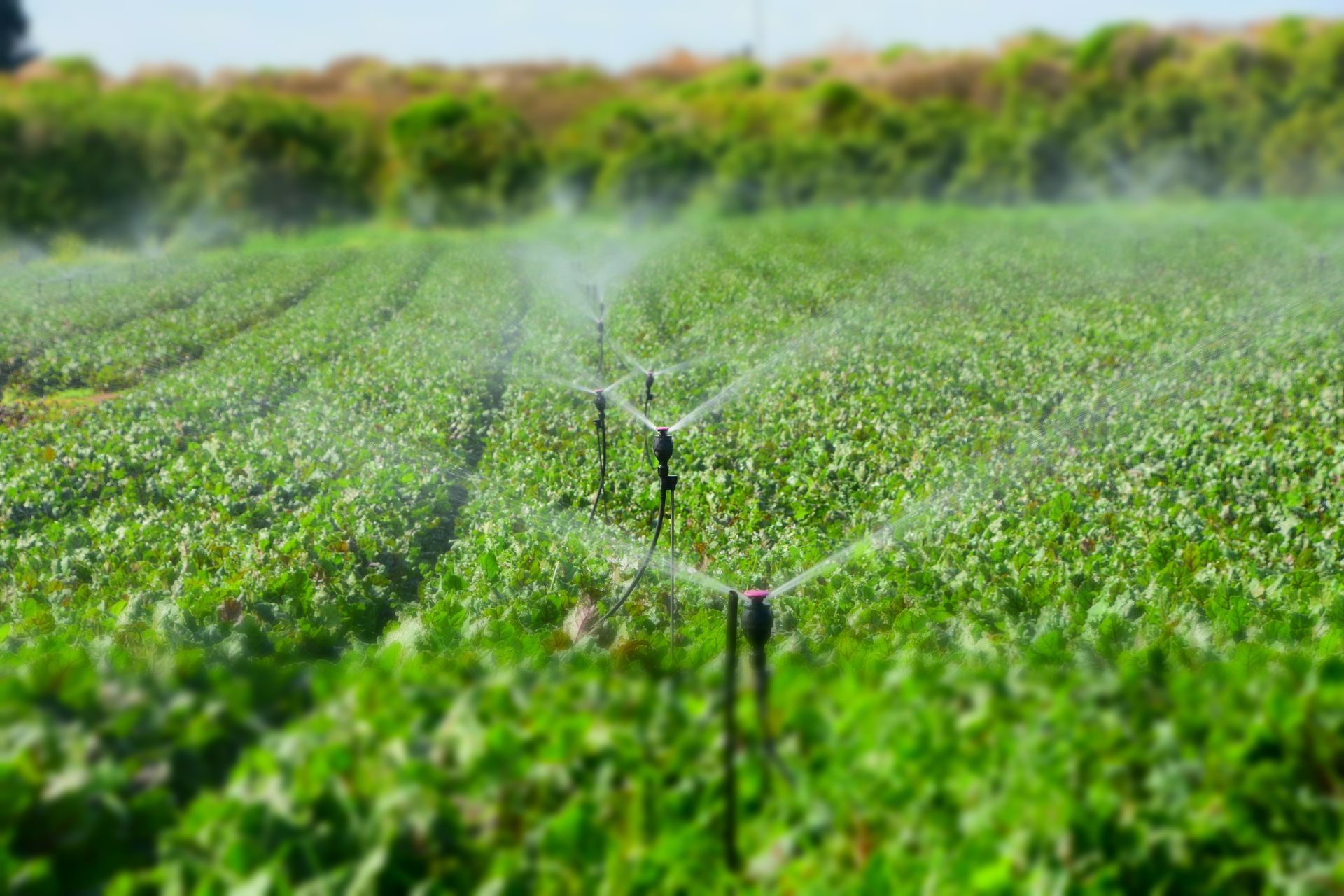
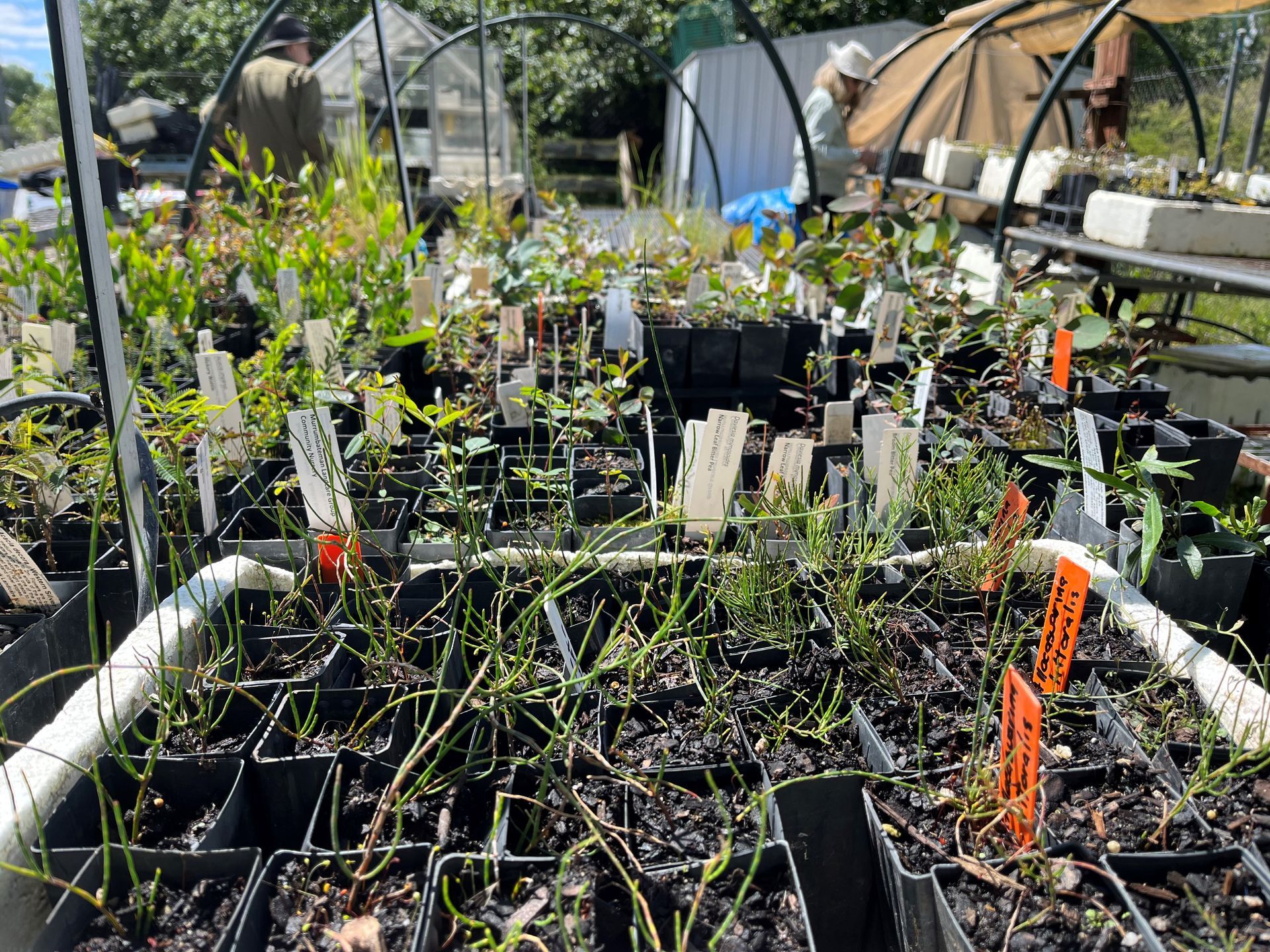
A selection of The Australian Farmer Sponsors - Click on a banner below to find out more...

